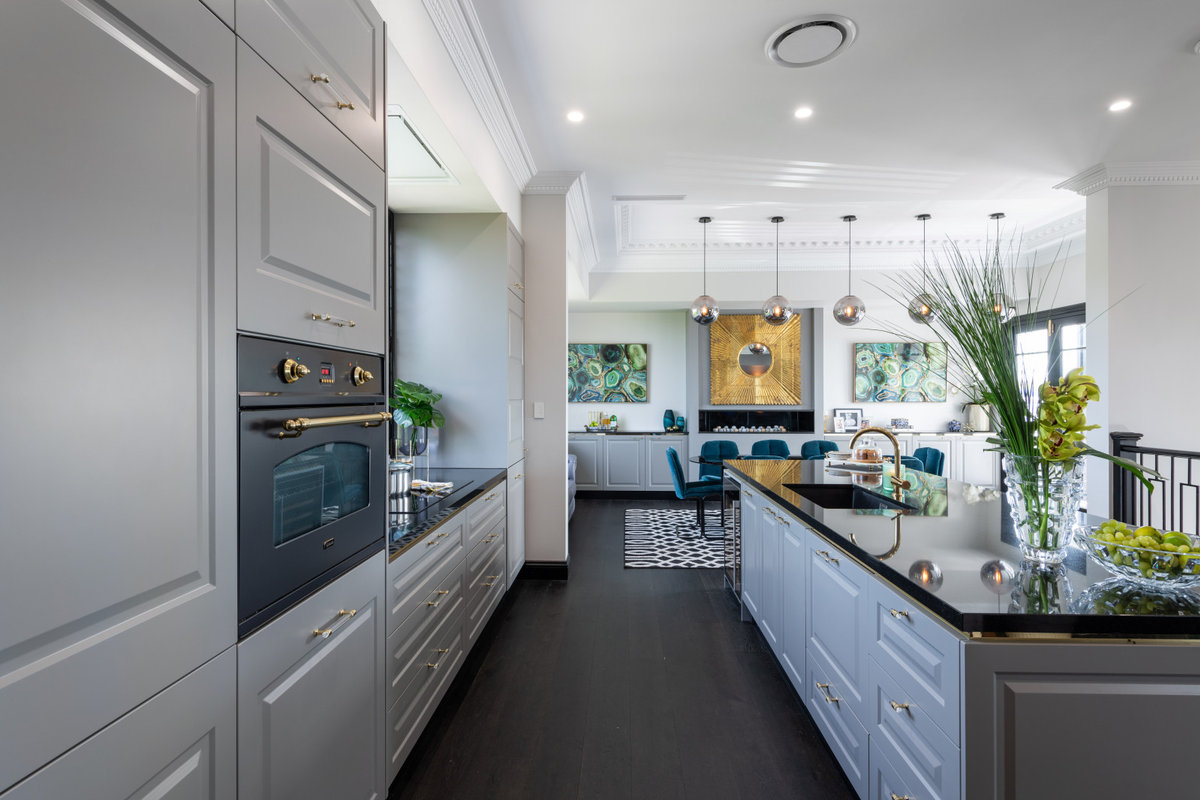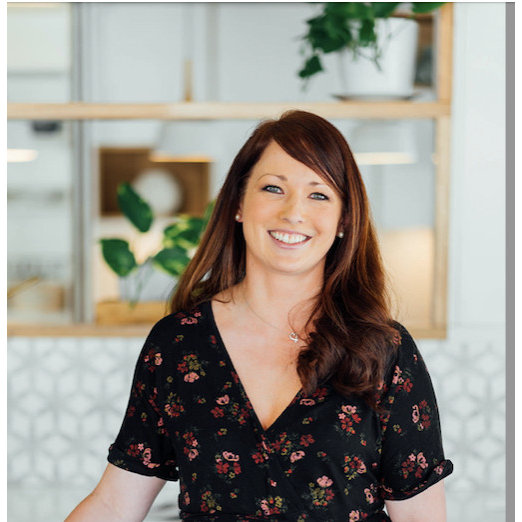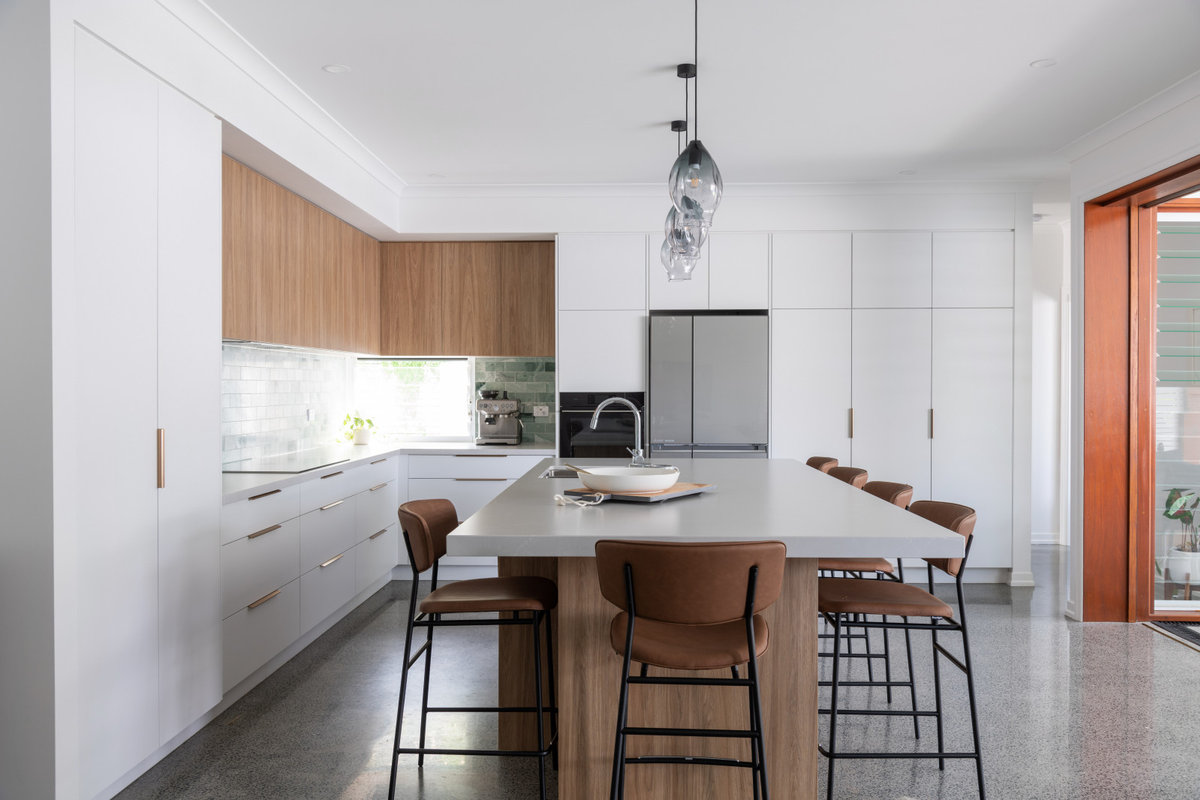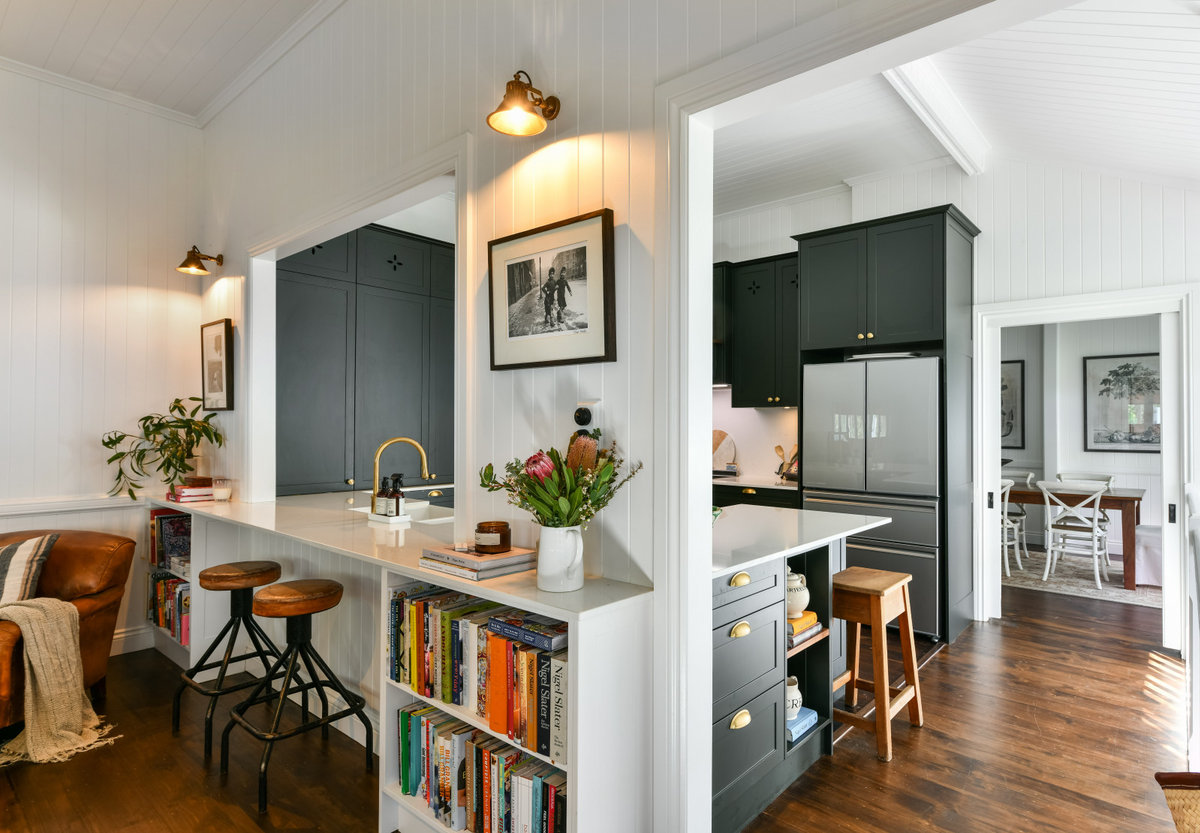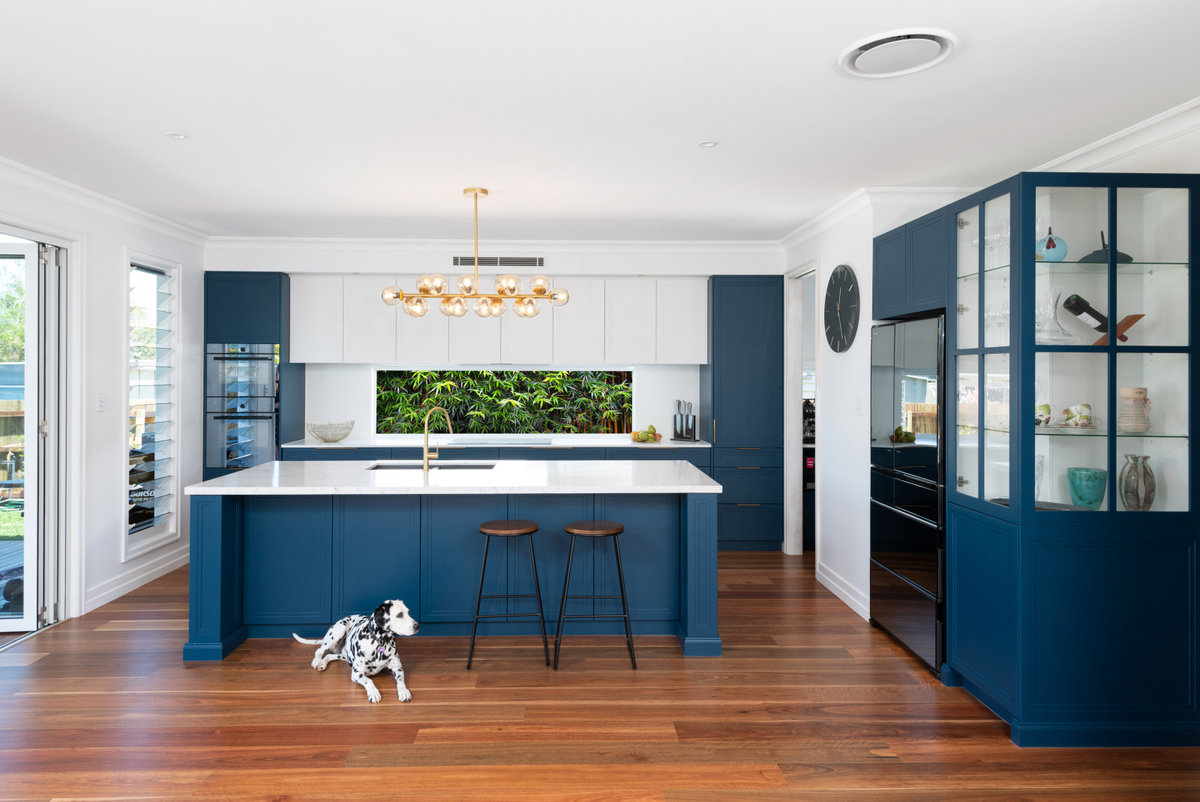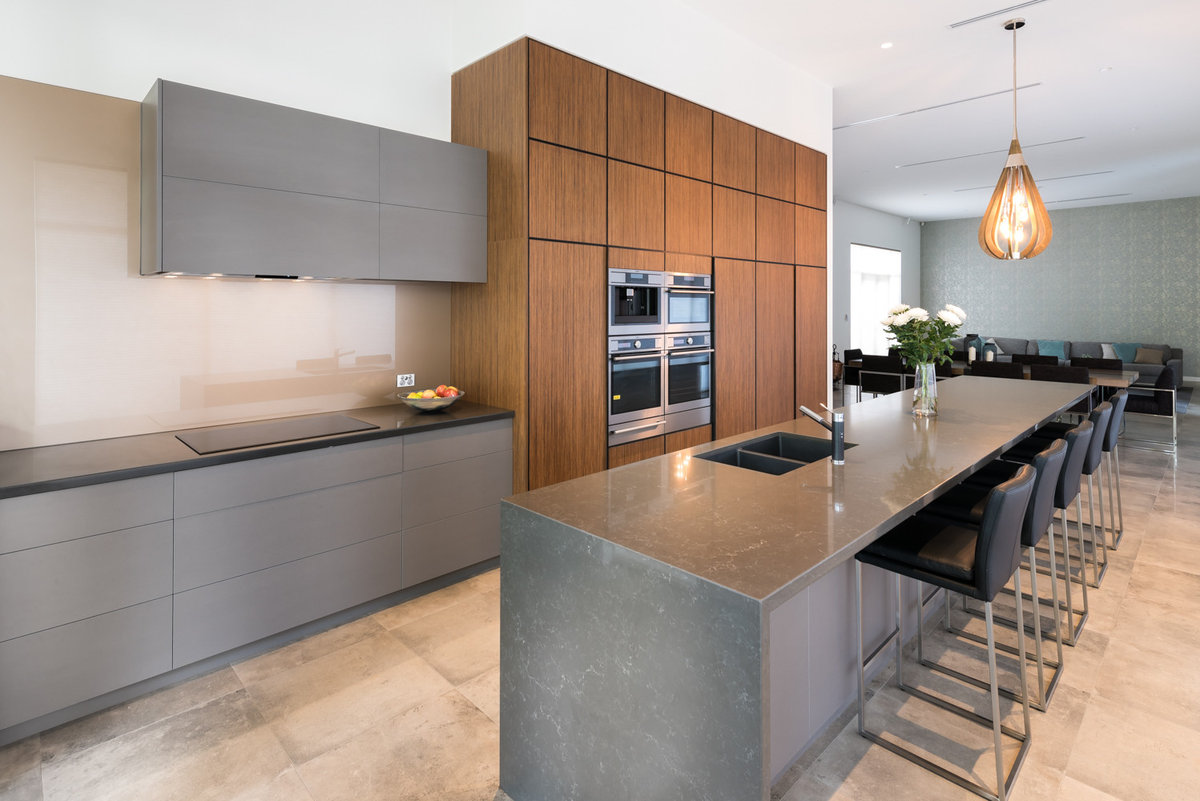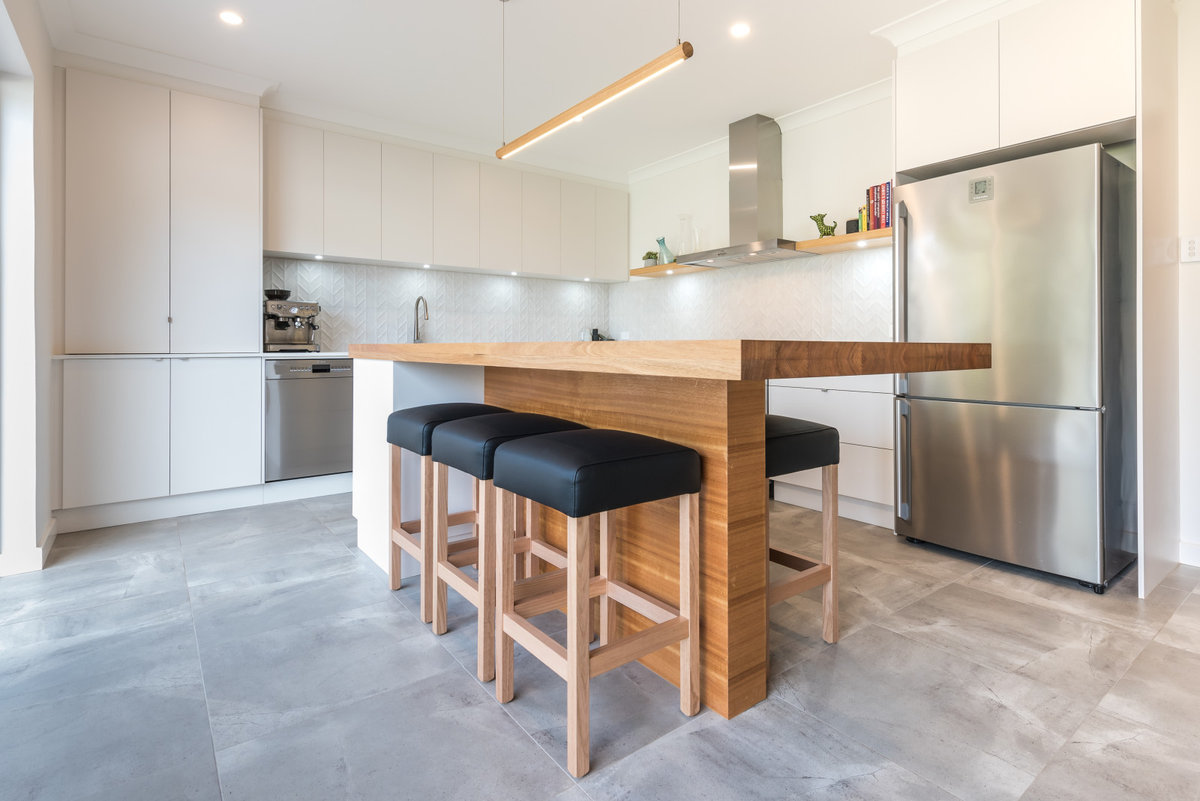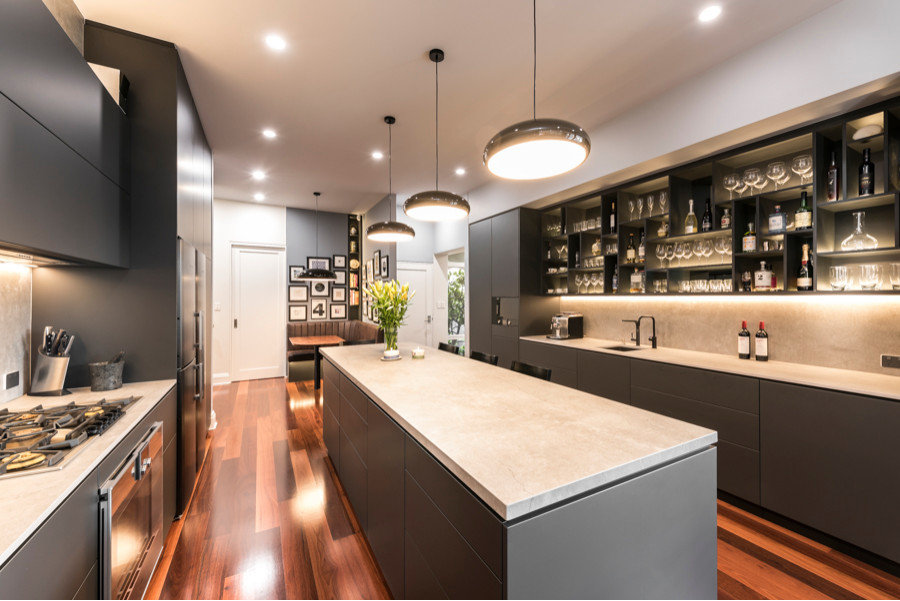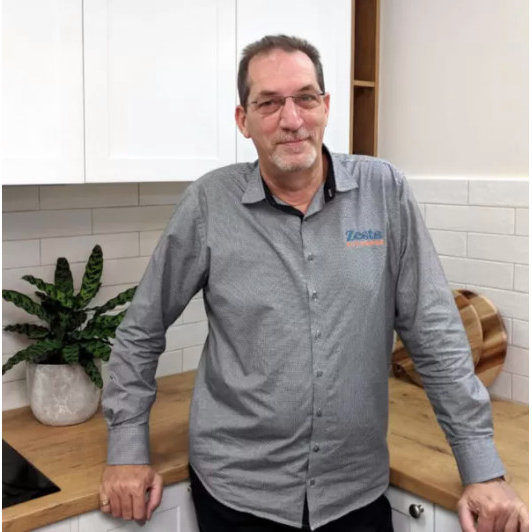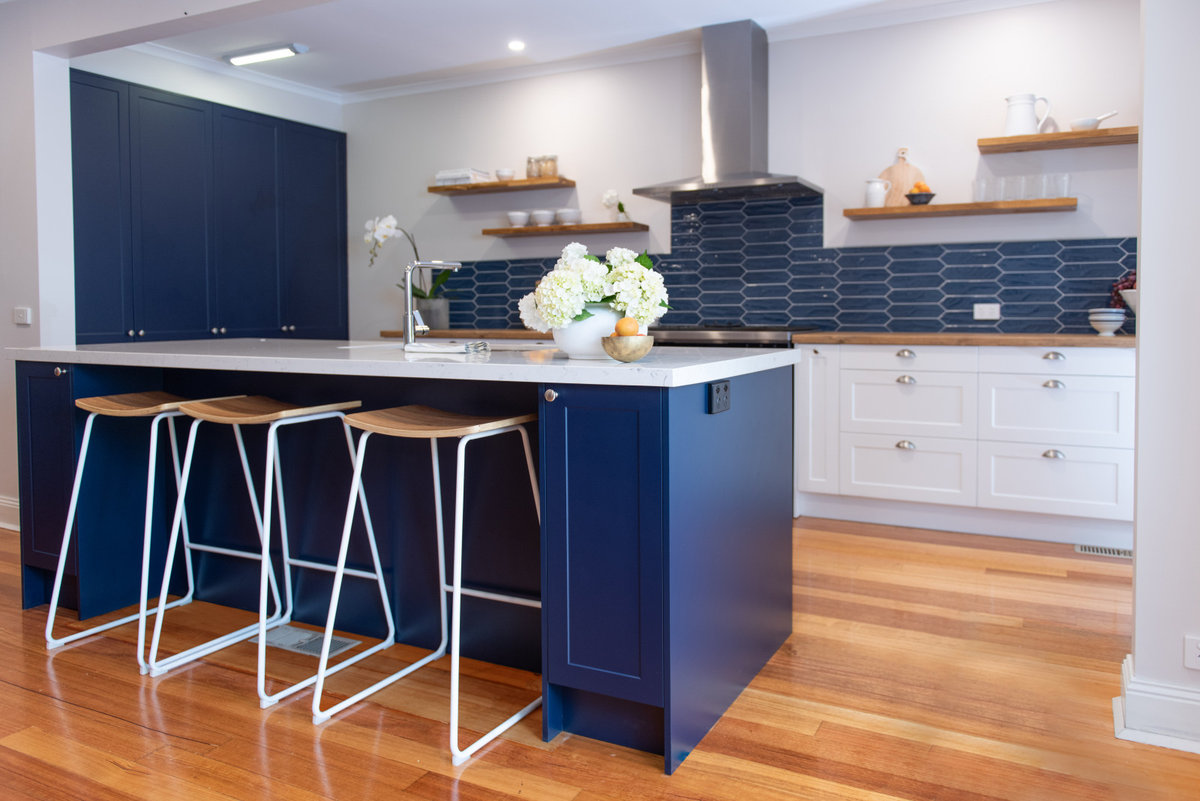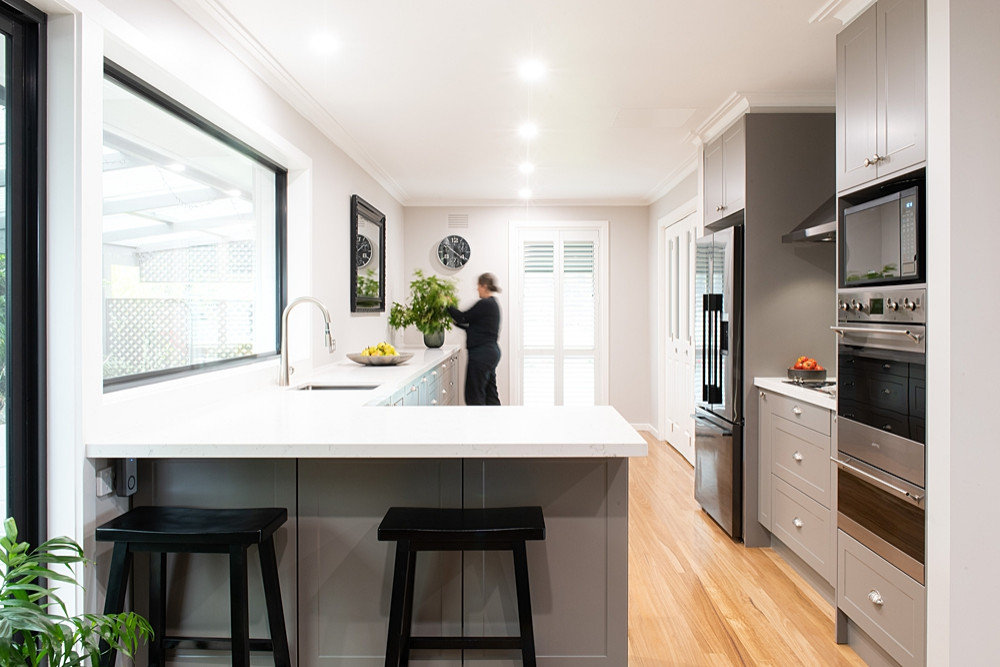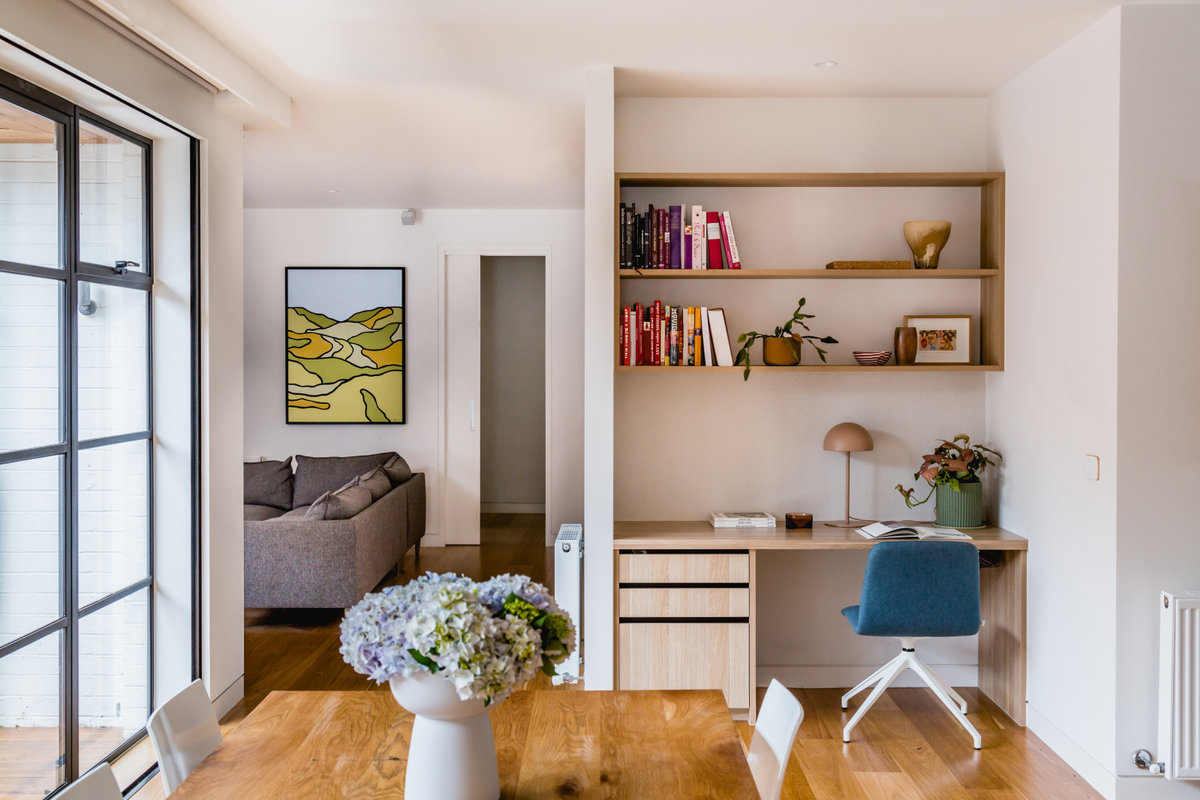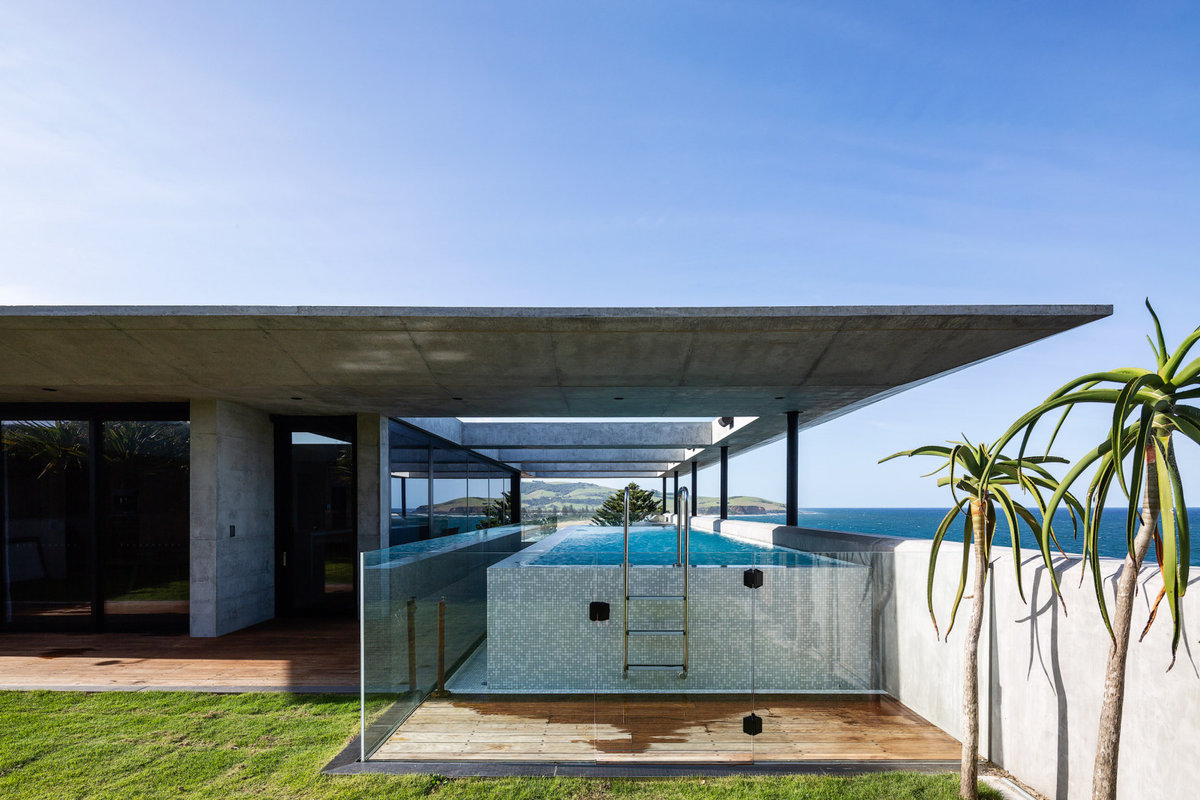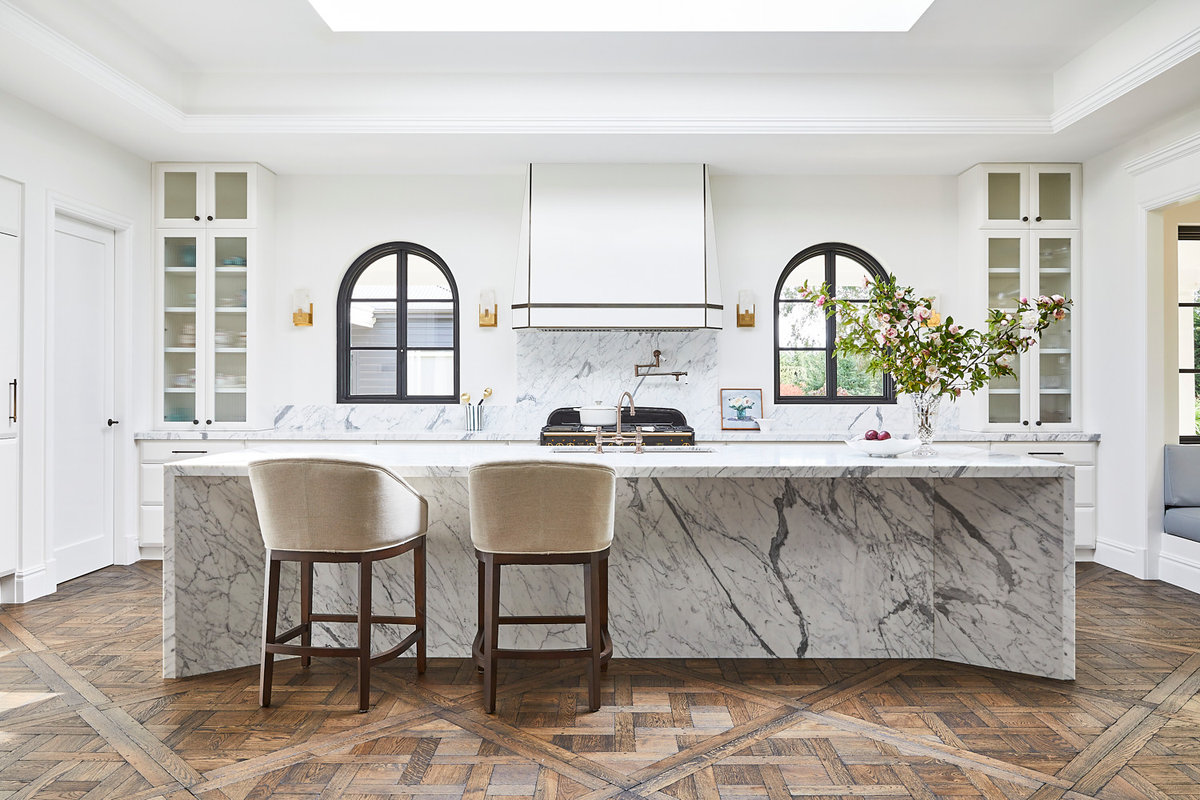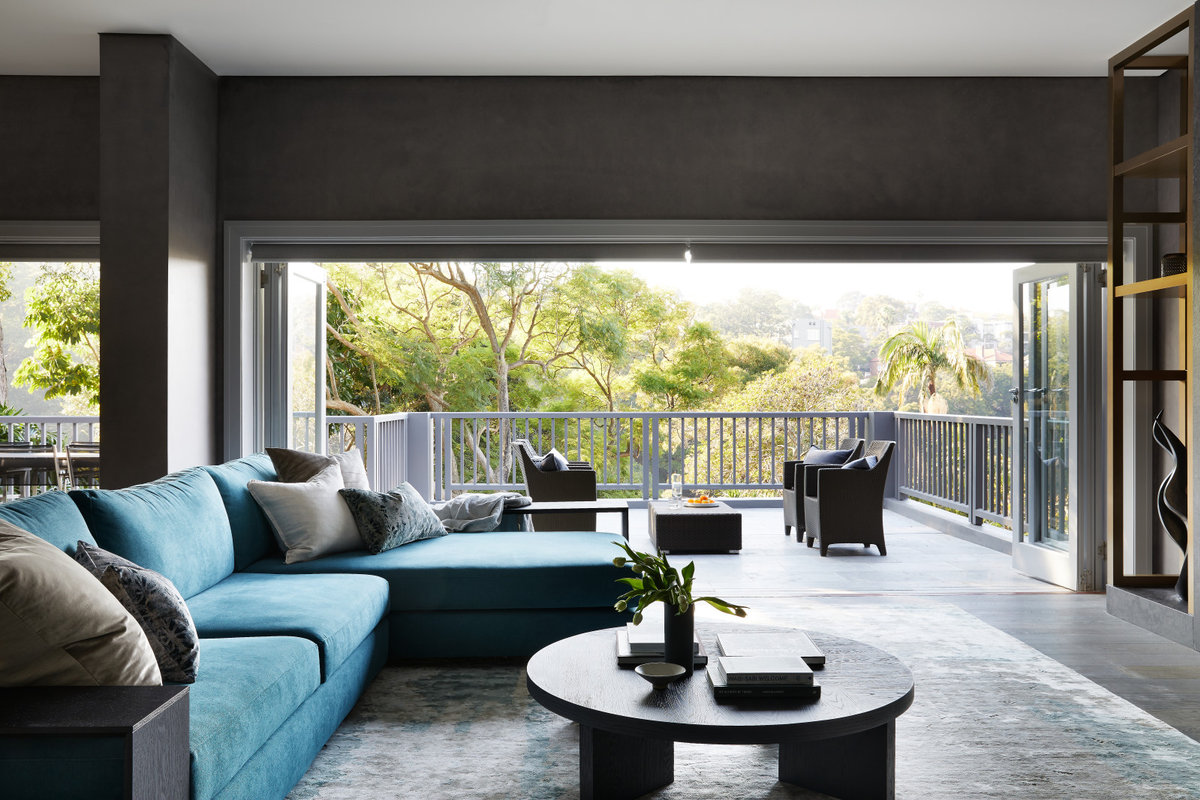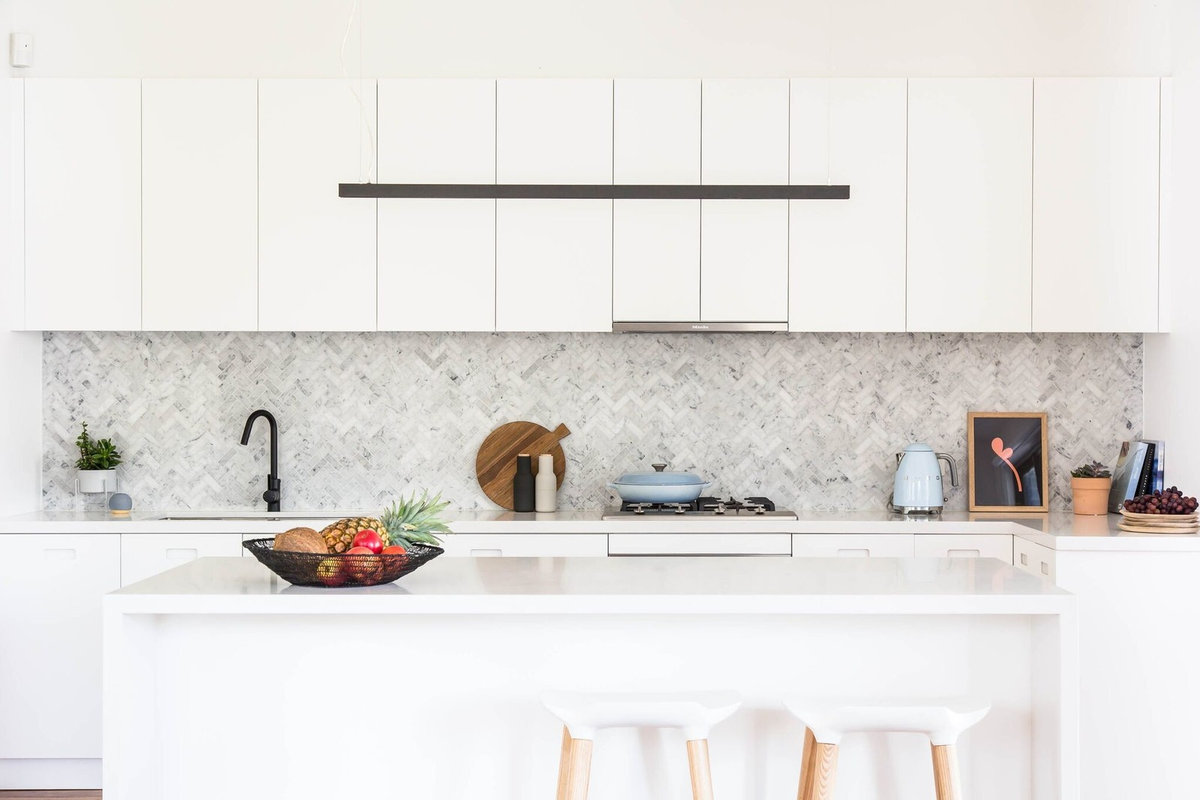3 Kitchen Designers: What My Early Career Mistakes Taught Me
Three kitchen designers reveal the key lessons that have helped shape their businesses and lives
Bumps in the road are part of the course when you’re building a successful career. But it’s those early mistakes and stumbling blocks that can develop character and resilience. We asked three kitchen designers on Houzz to share the three biggest blunders they made in their early days and how it shaped their professional lives.
Kitchen designer Anne Ellard at Kitchens by Kathie (KBK); Brisbane, Queensland
What were the three biggest mistakes you made when you started out?
Anne Ellard says:
Mistake 1: Underestimating the importance of what happens behind the scenes
What impact did it have on your career?
When I first started in the industry, I was fresh out of design school so I had to learn the ins and outs of the kitchen design and cabinet-making industry quickly. I had a full grasp of design, but I didn’t have a comprehensive knowledge of what happens at the production end of things.
It can be difficult to design a complicated space and know what you can put in there if you don’t fully understand the nitty gritty.
What did it teach you?
The success of any project is only as good as the team you work with. The production and installation of the cabinetry you design is just as important as the design itself. Having the input of both the production and installation team at the design stage ensures everyone is on the same page and can help you design an even better space for the client.
How did you change your approach?
I have a really good relationship with the production and installation teams I work with now. I constantly consult them through the design process, particularly when designing cabinetry for a complex space. It ensures we get the very best outcome for the client.
Mistake 2: Being afraid to go against the grain
What impact did it have on your career?
I have never been a ‘trend follower’ and have always had a natural flair for design and an eye for knowing when something does or doesn’t work. Having said that, at the start of my career I was sometimes shy to suggest something different to what my client wanted for fear they wouldn’t like the idea. I was cautious about recommending a design or colour scheme that didn’t align with the current trends.I am sure this would have lost me some clients along the way.
What did this it teach you?
To be more confident in my abilities and expertise. It’s good to remember that a client comes to a designer because they need help and want ideas that they may not think of themselves. Even if they don’t like some of the ideas you recommend it doesn’t mean you’re a bad designer.
How did you change your approach?
I form a good, trusting relationship with my clients right from the start. It makes conversations easier and it makes the client more comfortable with me (and me with them) and more receptive to different ideas that they might not ordinarily consider. Open communication is everything.
Mistake 3: Not connecting with an industryorganisation
What impact did it have on your career?
Not having connections in the industry or peers to bounce ideas off can limit the creative process and mean you miss out on being introduced to new ideas and products.
What did it teach you?
Having a good network of like-minded people who you can go to for support and inspiration, or just a creative chat, can unlock great ideas and keep you excited about your work. There is so much to learn from each other.
How did you change your approach?
Shortly after moving toAustralia,I joined the Kitchen & Bathroom Designers Institute. It has been such a great way to meet new and like-minded people, hear about new innovations and share creative ideas.
How does Houzz Pro help you with your projects?
We upload all of our project images to our Houzz profile. It’s a great way for potential new clients to see the variety of work that we do and they can also read feedback from our clients’ reviews before getting in touch with us.
What’s your advice to other kitchen designers starting out?
Never stop learning! There is something new to learn from every client and every design you do, be it a new product or a new way of doing things. There is always a way you can better yourself and subsequently the design and product you provide for your client.
Tania Kloester, principal designer at TK Design Kitchens Bathrooms Interiors; Stepney, SA
Tania Kloester says:
Mistake 1: An unhealthy work/life balance
In the early part of my career, I worked for a leading kitchen company within a competitive design team. Dedicated and driven to succeed, I worked around the clock, resulting in an unhealthy work/life balance.
What impact did it have on your career?
My unhealthy workload significantly compromised my time for fitness, family and friends. This led to poor health, strained relationships and ultimately the breakdown of my marriage.
What did it teach you?
I recognised the need for significant change, and had to allocate time for family, friends and myself. I realised that life is too short to prioritise work over the people I love.
How did you change your approach?
As a FOMO (fear of missing out) personality, the hardest thing for me was learning to say “no”. I refrained from attending every supplier event, choosing my networking opportunities more carefully. I made a decision to maintain more regular hours and limit the amount of after-hours work. This in turn has gained me more respect from my clients; reinforcing the good decision to better value my professional worth and my home life.
Mistake 2: Thinking I could do it all
With no budget in place to set up the business, I attempted to do everything myself, despite my lack of marketing or business skills. I eventually learnt my skill set was better utilised for design, and took on more appropriate people for tasks such as bookkeeping, photography and marketing.
What impact did it have on your career?
Many a late night was spent building my website, networking and understanding the finer points of social media marketing.
I took on the roles of business development and bookkeeping too. Learning so many new skills was very time-consuming, not to mention exhausting. In order to maintain a quality design service for my clients and sustain my new work/life balance, I needed to take on some help with the business.
What did it teach you?
It became apparent that I was too controlling and the perfectionist in me had trouble trusting anyone else with my business. However, I could not do it all on my own, and I would have to let go in order for the business to continue.
How did you change your approach?
Learning to trust others to help manage my business was difficult at first, but I soon adjusted when I realised how beneficial it was. My time is far more valuable spent designing, rather than performing tasks that are not my area of expertise. Being able to focus wholly on design increased my job satisfaction tenfold, and I now have a dedicated team of experts, including fellow designers, adding value to my business.
Mistake 3:Working for friends
Working with friends or acquaintances seemed like a fun undertaking initially. However, I came to realise that it can be very dangerous for both parties when you’re not working with a contract or a reasonable design fee. I was too generous with mates rates, offering free or very low-cost services at a time when I could not afford to. Without boundaries, the expectation between designer and client can become blurred, and this is only emphasised when friendship is involved.
What impact did it have on your career?
I found that working without a contract can leave both the client and designer uncertain as to what is expected of them. Assumptions can lead to confusion and resentment if expectations are not met. A reduced design fee further confuses the issue as this can leave the client/friend with a sense of diminished power.
What did it teach you?
Realising that ‘mates rates’ projects would not pay the bills, I was forced to find a better way to manage working with friends and referrals. Charging a standard fee for my services is not only justified, but provides an equal playing field for both parties. I learnt the importance of using a contract with every single client, including friends.
How did you change your approach?
The penny-drop moment came when I understood my need for professionalism in every situation, regardless of my relationship with the client. By providing tighter guidelines to my specialised service, I am able to focus my energy where it should be: on the project. My clients sign a detailed contract, leaving no room for guesswork or assumption. The design fees I charge are standardised, fairly determined and respectful to all parties.
Do you use Houzz Pro?
Yes – I use Houzz Pro software with great success! Along with showcasing my completed projects, I use the lead-management tool to track my clients. I enjoy receiving notifications of new client inquiries via email, and the flexibility the site offers with my options to connect.
What’s your advice to other kitchen designers starting out?
Immerse yourself in the industry in every way possible. Join relevant associations, connect with a business coach or mentor and/or work with an established company to gain experience, support and guidance.
Be prepared to work hard and provide the best service possible to your clients.
Develop relationships with suppliers, show support and treat them well.
Be kind, humble and accept that you will never stop learning. With a positive mindset and enough determination, anything is possible.
Paul Farrugia, kitchen designer at Zesta Kitchens; Richmond, Victoria
Paul Farrugia says:
Mistake 1: Presuming what lies behind existing spaces, for example a blank wall where I would be designing cabinetry
What impact did this mistake have on your career?
Designing took longer.
What did it teach you?
Functionality is key – sometimes less is more.
Mistake 2: Just listening to what the client wants and not educating them on the kitchen’s functionality from a designer’s perspective
What impact did this mistake have on your career?
I would go through numerous redesigns, even though I knew they were not functional.
What did it teach you?
Question the details the client’s are providing.
How did you change your approach?
I listened carefully to what the client wanted, but also provided my professional experience to design a functional space.
Mistake 3:Overthinking and overcomplicating designs
What impact did this mistake have on your career?
The budget was blown out of proportion because the designs were overcomplicated.
What did it teach you?
Always listen to the client’s needs but work with them to design what works.
How did you change your approach?
Being mindful of the parameters of the project and the client’s needs.
What’s your advice to other kitchen designers starting out?
People don’t care how much you know till they know how much you care.
And listen, listen, listen.

